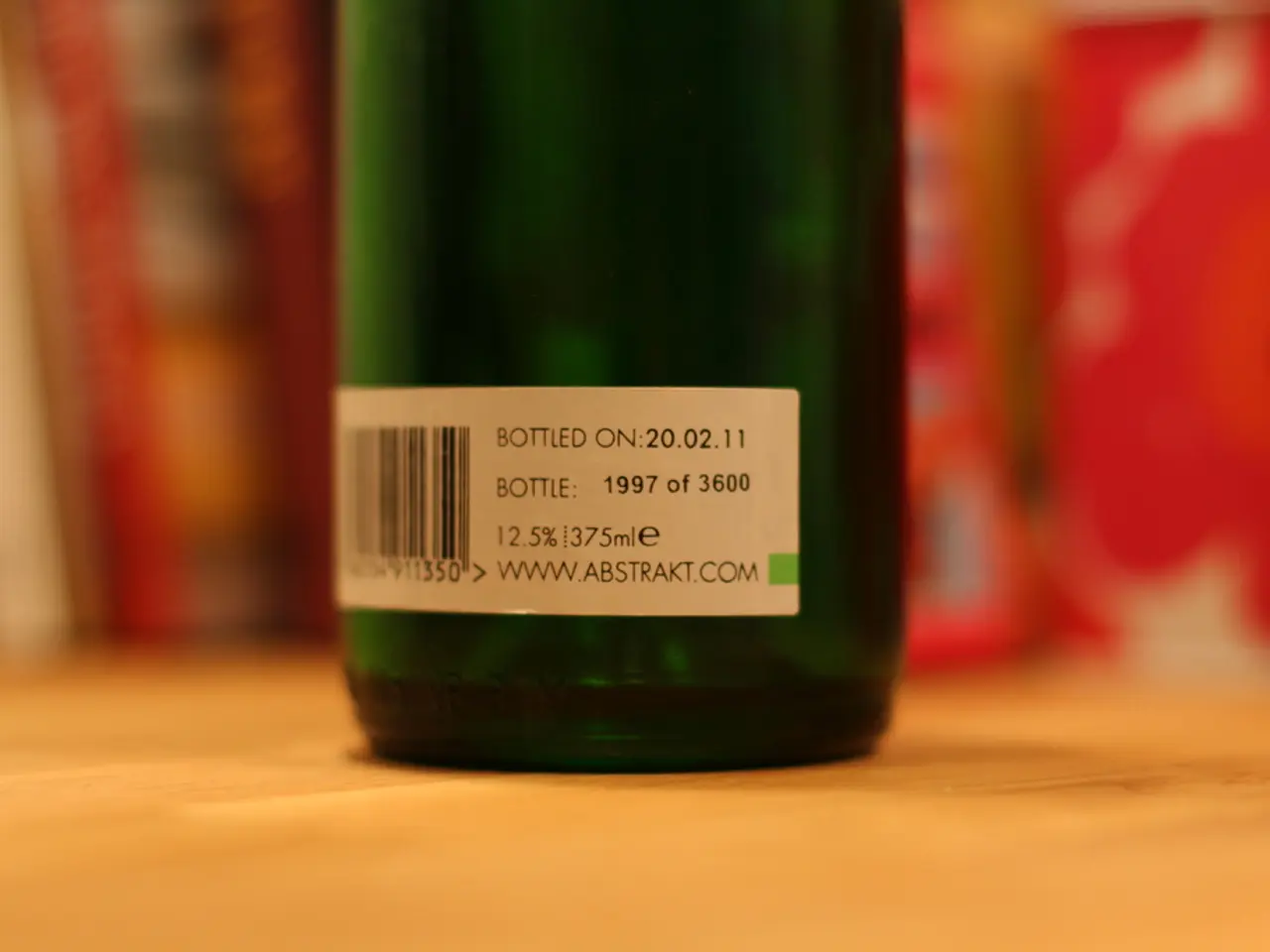Legal Substances Found in Low-Risk Pesticide Formulations
The Environmental Protection Agency (EPA) has recently updated the list of active ingredients eligible for use in minimum risk pesticide products. This move, outlined in the final rule found on regulations.gov under Docket number EPA-HQ-OPP-2010-0305, reflects the EPA's commitment to promoting safer, eco-friendly pest control solutions.
Minimum risk pesticides are a category of pesticides exempted from many of the requirements under the Federal Insecticide, Fungicide, and Rodenticide Act (FIFRA) Section 25(b). To qualify as a minimum risk pesticide, the active ingredients must be exclusively from the EPA’s approved list, primarily botanical oils and plant extracts deemed low risk. Examples typically involve essential oils from plants such as clove, cedarwood, cinnamon, rosemary, peppermint, and similar natural substances.
The updated list now includes chitosan (Poly-D-Glucosamine), further expanding the range of eco-friendly options for pest control.
For a product to qualify as a minimum risk pesticide, it must also meet certain criteria regarding inert ingredients. These must be from approved substances, generally including food commodities or certain low-risk chemicals detailed in 40 CFR 180.950.
In terms of labeling requirements, the product label must clearly disclose all active and inert ingredients. It must also prominently show the producer or registrant’s name and contact information to assure traceability and consumer transparency. Moreover, labels cannot make claims about controlling pests that pose a direct threat to human health, such as vectors of diseases like mosquitoes carrying Zika or Lyme disease. Labels must avoid any false or misleading claims and maintain compliance with EPA's exemption criteria for registration. The product label must also comply with CFR labeling standards for pesticides, including statement of ingredients, directions for use, precautionary statements where necessary, and net contents.
These rules reflect the EPA’s updated enforcement and clarifications in 2015 and 2019 that maintain the exemption status of minimum risk pesticides under FIFRA Section 25(b) while ensuring consumer safety and product transparency.
The final rule will be effective on January 9, 2023. For more information, see Exemptions for pesticides of a character not requiring FIFRA regulation (40 CFR Part 152.25). This rule exemption is from the registration and other requirements of FIFRA.
This framework supports the use of safer, eco-friendly pest control products with transparent ingredient information while limiting claims for only minimal risk pests.
- In light of the updated list of active ingredients, certain eco-friendly health-and-wellness therapies and treatments may now incorporate chitosan (Poly-D-Glucosamine) as a minimum risk pesticide, promoting safer pest control solutions in line with scientific advancements.
- The expanded range of minimum risk pesticides, such as chitosan, can be found in health-and-wellness products that adhere to the EPA's stringent labeling requirements, ensuring transparency and safety for consumers regarding the use of these pesticides in their treatment and management of minimal risk pests.




